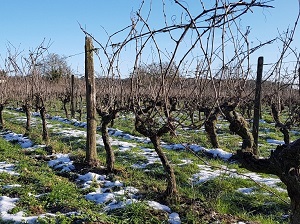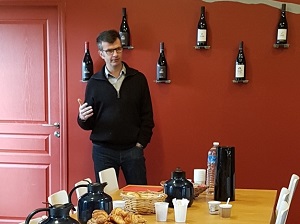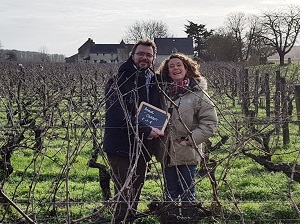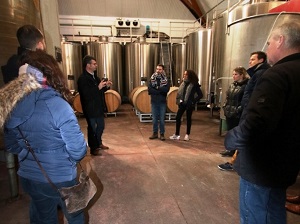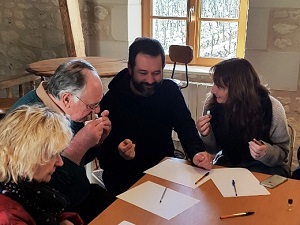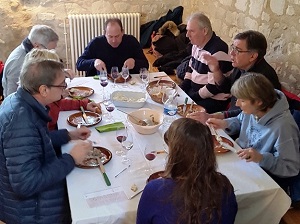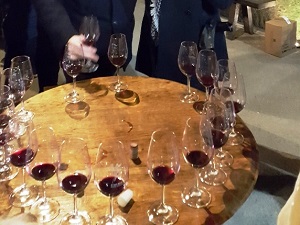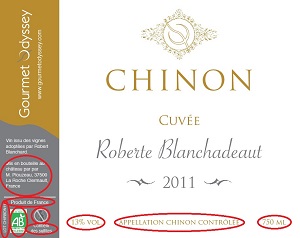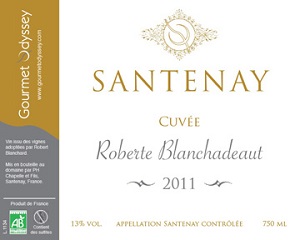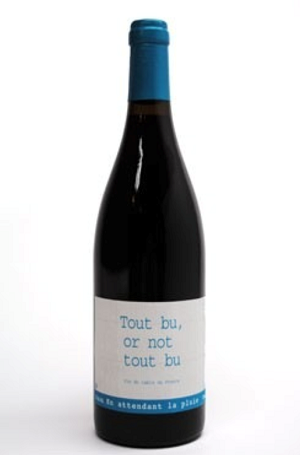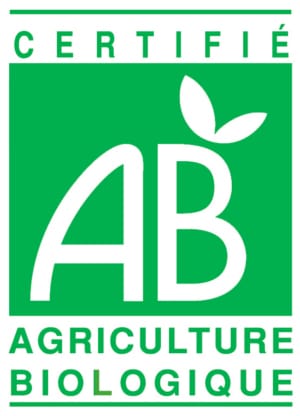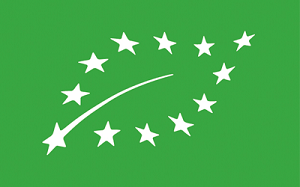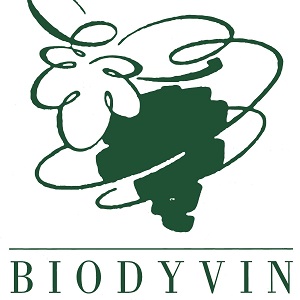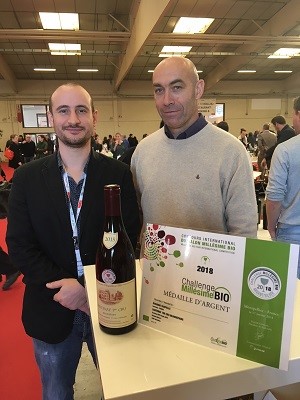The start of the ageing process
The ageing process refers to the time and work carried out by the winemaker once the fermentation has finished, up until the wine is bottled. It can last for just a couple of weeks in the case of primeur wines that are made quickly to be drunk young, or up to several years for more complex wines that are crafted to be laid down and drunk in the future. It all depends on the type of wine that the winemaker wants to produce.
All begins once the fermentation has finished and the wine is racked to separate it from the larger lee particles of solid matter and dead yeast cells by transferring it to a new container where it will stay during the ageing period. This new container could be a vat, barrel, earthenware jar, or another type of recipient.
Recipients used for ageing wines
Wine is typically aged in a vat or a barrel. The choice of recipient the winemaker decides upon depends on the style of wine that the winemaker is striving for (see our article The role of vats, barrels, and other types of container in making wine).
The main tasks of the winemaker, whatever recipient is chosen, are to allow the wine to mature whilst protecting it from oxidation, to develop the taste of the wine, and to stabilise it. That means that although the wine remains in its recipient, it doesn’t mean that nothing is happening during the months of ageing.
Protecting the wine from oxidation
Air is an enemy of wine. If a wine is left in contact with the air, it will oxidise and become vinegar. When a wine is aged in wooden barrels, the winemaker has to pay particular attention to not let too much air stay in contact with the wine.
First of all, when a barrel is filled, the wood will soak up some of the wine. This is more marked when new barrels are used for the first time, and the wood can absorb as much as 5 litres of wine. In addition to this waste, whilst the wine is lying in the barrel, micro-oxygenation happens as the staves of the barrels naturally let a tiny bit of air to get inside the barrel and some of the wine evaporates in the opposite direction, often referred to as the angel’s share. Between the wine that is soaked up by the barrel and the wine that evaporates, a void is created at the top of the barrel as the level of wine decreases. To avoid this pocket of air from staying in contact with the wine, the winemaker regularly tops up the barrel to keep it full, a process known as ouillage. If the air was left inside the barrel, the bacteria that transform the ethanol in the wine to acetic acid will develop when combined with oxygen, and the wine will turn to vinegar.
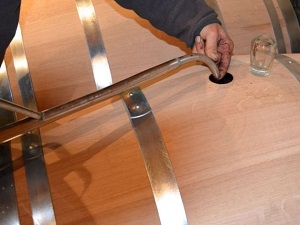
To top up the barrels, the winemaker takes out the stopper on top of the barrel, and pours in wine using an ouillette, which is a sort of watering can with a long thin spout. The same wine that was racked from the fermentation tank is used. The winemaker keeps aside some of the wine for this purpose, and it is stored in a small vat with a floating cap which adjusts to the level of wine remaining, thus keeping the air at bay.
Maturing the wine
So once the wine is no longer at risk from the oxygen, how does the winemaker develop the desired taste and character? The winemakers have many different techniques available to them that they will choose to use or discard as they taste and monitor the wines during the ageing process.
As the wines rest and age, the lees fall to the bottom of the recipient. If the winemaker wants to bring more depth and aromas to the wine, he can stir the lees to put them back into suspension in the wine. This is easiest done for wines ageing in barrels whereby the winemaker will open the stopper, put a long baton into the barrel and mix up the lees. This is known as batonnage. You can also find barrels that are fixed to a rotating support that allows the winemaker to turn the barrel, thus achieving the same objective.
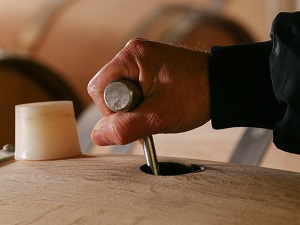
Conversely, if the winemaker decides that the wine already has enough character, the wines will be racked to separate them from the lees. This is done by pumping the wine into another recipient, leaving the lees at the bottom of the initial recipient. This action also clarifies the wine, which can still be a little cloudy at this stage.
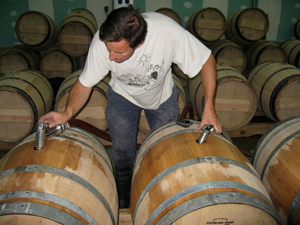
Getting ready for bottling
Once the wine has matured sufficiently, there are a few steps necessary to stabilise it before it can be bottled. It first needs to be clarified further. The aim isn’t just to make the wine more visually attractive, but also to remove any particles that, if left in contact with the wine, may cause the wine to deteriorate after bottling.
The wine can be clarified by filtering or fining. Filtering consists of passing the wine through a filter to remove the particles. The winemaker needs to be careful when using this technique to not diminish the aromatic qualities or structure of the wine.
Fining works by adding a substance to the wine, traditionally egg white, but nowadays other elements are used such as bentonite or gelatine. Each of these substances work by attracting the particles held in suspension in the wine, which then stick to it as the veil slowly falls through the wine. Once it has settled at the bottom, the wine is then racked in the usual way.
At this stage, the wine is almost ready for bottling, a delicate operation for the wine which will be exposed to the air again and so the risk of oxidation rises once more. This is why most winemakers will add some sulphites to their wines just before bottling, adding it in the form of a tablet or powder.
Sulphur is an anti-oxidant and an anti-septic that helps preserve the wine once it has been bottled, minimising the risk of oxidation, further fermentation in the bottle, or it being otherwise spoiled. All wines naturally contain some sulphur, because even if no SO² was added during the vinification or bottling stages, the enzymes secreted by the fermenting yeast cells produce SO² from the sulphites naturally present in the grapes.
So now the wine is ready for bottling and almost in your wine glass. Just a few more things for the winemaker to do. Choose the type of cork, cap or stopper used to seal the bottle, reserve the bottling lorry if the winemaker doesn’t own an in-house bottling line, label the bottles and pack them in the cases, or make room in the cellar for storing the unlabelled bottles of the new vintage, prepare the tasting notes for each wine, and organise the wine fairs and events to present the new wines. A winemaker’s work is never done…
Related articles
The role of vats, barrels, and other types of container in making wine



